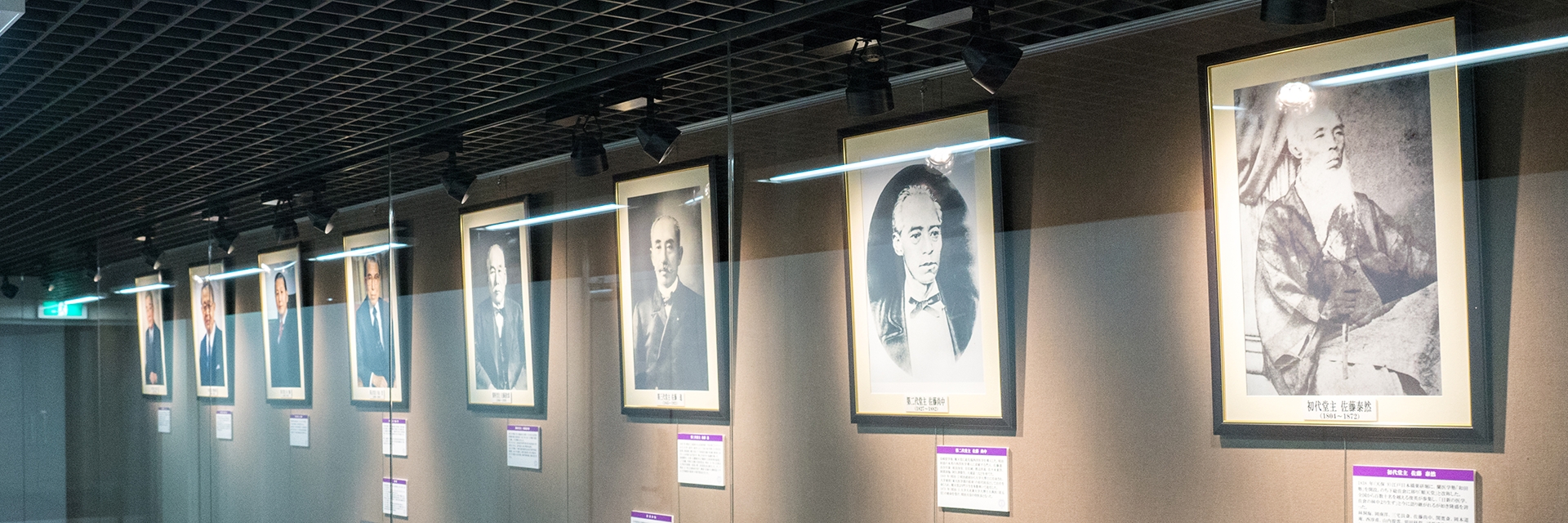
SATO Taizen

SATO Taizen, who originally studied Western medicine in Nagasaki, established Wadajuku, in 1838, Yagenbori, Edo (currently Tokyo), as a place to study Western medicine. At the time of the creation, Western medicine was not an accepted medical practice
in Japan. In 1843, to escape persecution SATO moved the school to Sakura, Chiba and changed the name of the school to Juntendo, placing an emphasis on the education of Western medicine and surgical practices. The doctors at Juntendo preformed
numerous surgeries, including the first case of paracentesis vesicae in Japan. Hundreds of people from all over the Japan came to learn about Western medicine, in turn transmitting the knowledge of Western medicine throughout the country. Furthermore,
he endeavored to improve medical practices and reform the medical system in Sakura. The school SATO established is now the oldest school of Western medicine in Japan.
School of Dutch Medicine Founded in Nihonbashi
SATO Taizen founded Wadajuku in 1838 after returning from studying Western medicine in Nagasaki. The school became well known as one of the leading schools for surgery in Edo (currently Tokyo).Location of Wadajuku in Yagenbori, Nihonbashi
When Taizen opened the school, located in the map of Edo to the right, his name was WADA Taizen. HAYASHI Dokai, who studied with Taizen in Edo and Nagasaki, lived next door to the Wada residence. The pair later
worked together at Wadajuku. Taizen went on to become head court physician for the Shogunate.
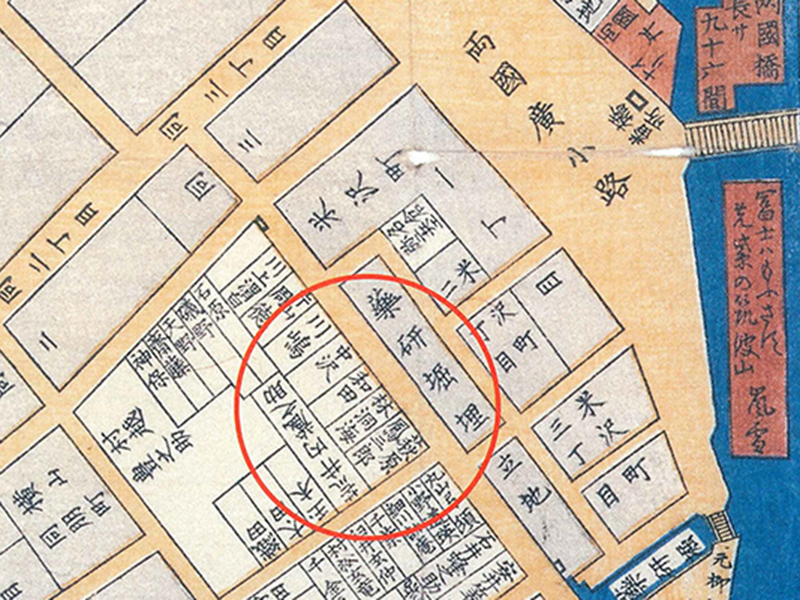
"Birthplace of Juntendo" Monument
The monument stands in the precinct of the current Yakenbori Fudouin.
(2-6-8 Higashi-Nihonbashi, Chuo-ku, Tokyo).
(2-6-8 Higashi-Nihonbashi, Chuo-ku, Tokyo).
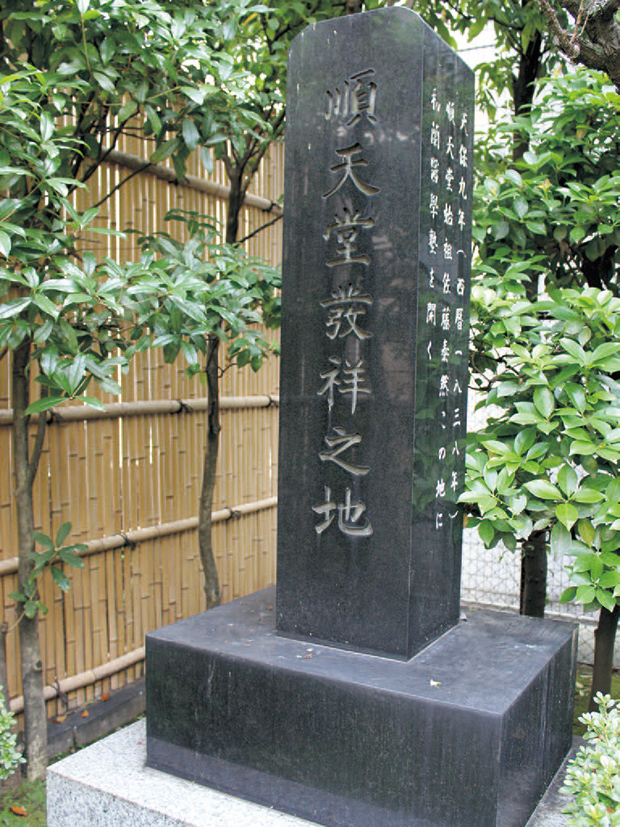
Move to Sakura
As the suppression of Dutch scholars intensified in Edo, Taizen moved to Sakura at the invitation of the Sakura Domain in 1843.Inscription of "Juntendo" by Anpaku Yamada, 1843
The birth of the name Juntendo originated from a line in the Chinese classic The Book of Changes, “Following the path of heaven.”
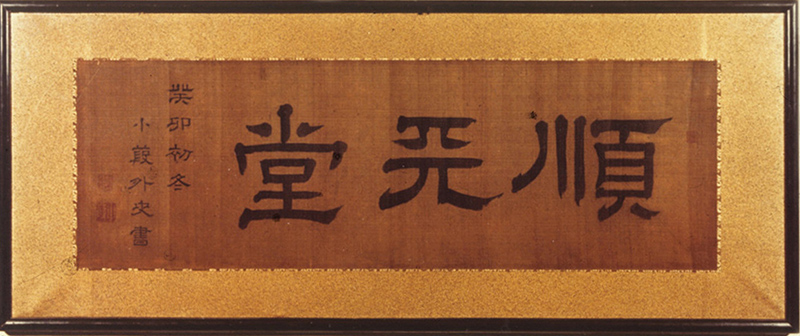
Surgery Consent Form, 1855
To the right is a letter from a patient and their family addressed to Taizen. The letter consents that the patient consulted with their family and agreed to have a surgery and in the event the surgery was not successful, would not hold the
hospital responsible.
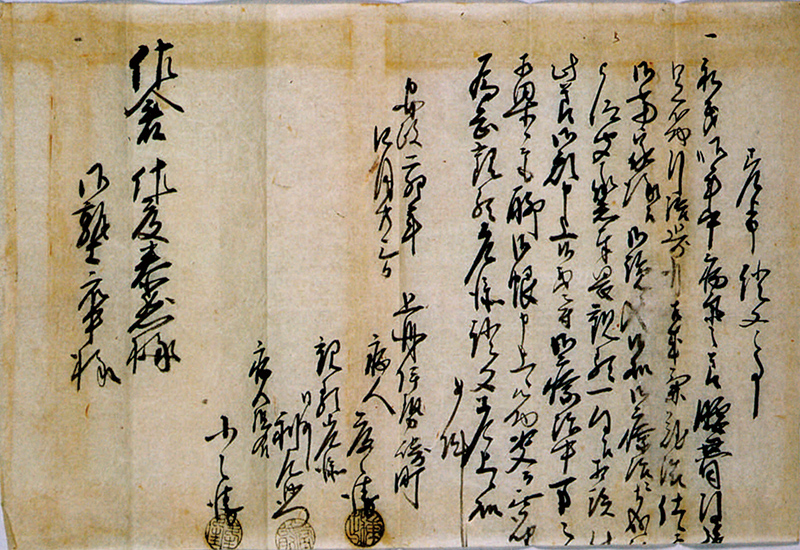 Property of the Sakura City Board of Education
Property of the Sakura City Board of EducationJuntendo Treatment Prices, 1854
List of treatment prices in Juntendo consultation room in 1854. The document listed prices for 39 types of surgical treatments, including breast cancer removal, ovarian cyst laparotomy, cesarean section, and rhinoplasty.
The Juntendo Experience (Surgical Case Reports), 1850–1853
The Juntendo Experience is a total of 33 case reports from a Juntendo student, Kansai Seki. The case reports list and provide details of the surgeries conducted and drugs administered by his teachers Taizen,Takanaka and Ryoujun Matsumoto.
Among the cases reported, the record includes the first bladder puncture surgery in Japan by Taizen as well as an arterial binding surgery, a serious case of appendicitis, and a breast cancer surgery.
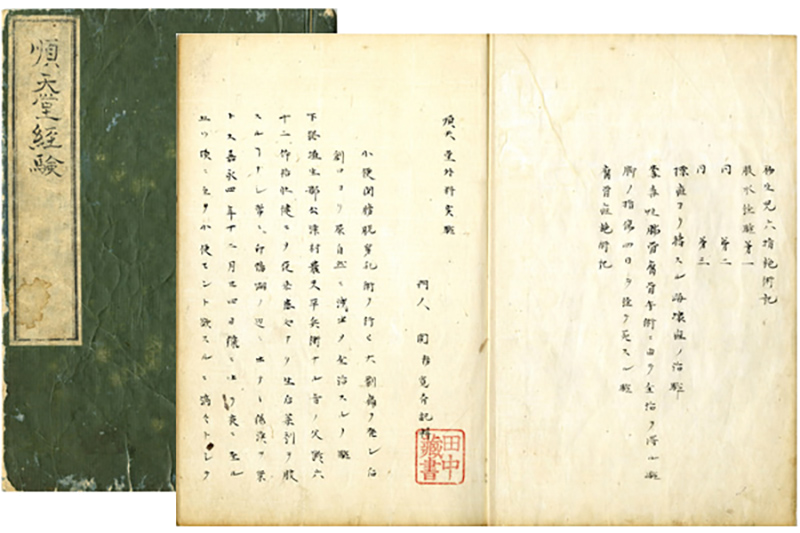
Most‘s Internal Medicine Textbooks
The textbooks used at Juntendo, which were a partial translation of the Medical Encyclopedia, written by the German medical scientist Most (1794–1832).
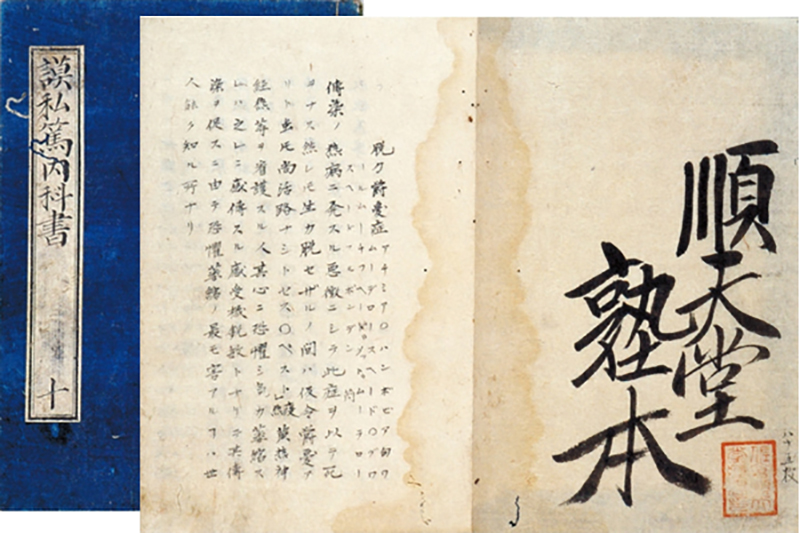
Sakura Juntendo Memorial Hall
The Sakura Juntendo Memorial Hall shares the history of Juntendo and is a reconstruction of part of the original Juntendo building in Sakura.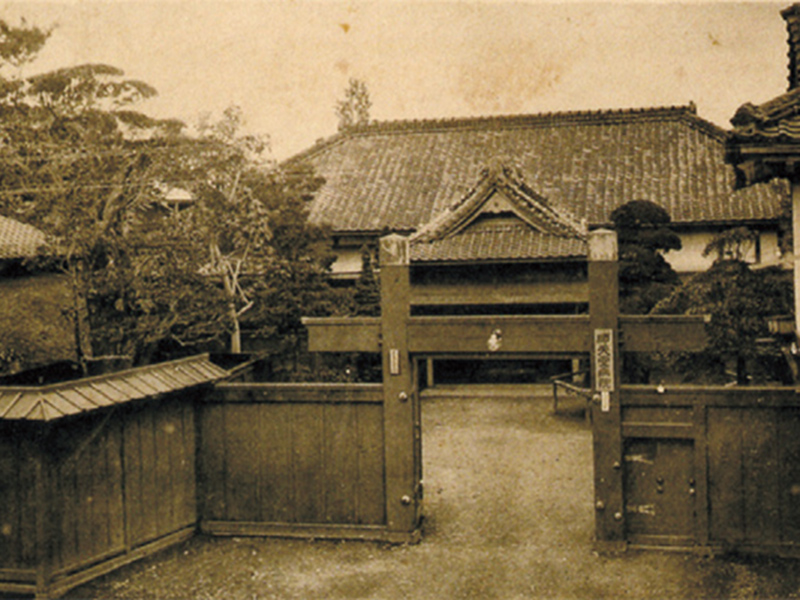 Juntendo Sakura
Juntendo Sakura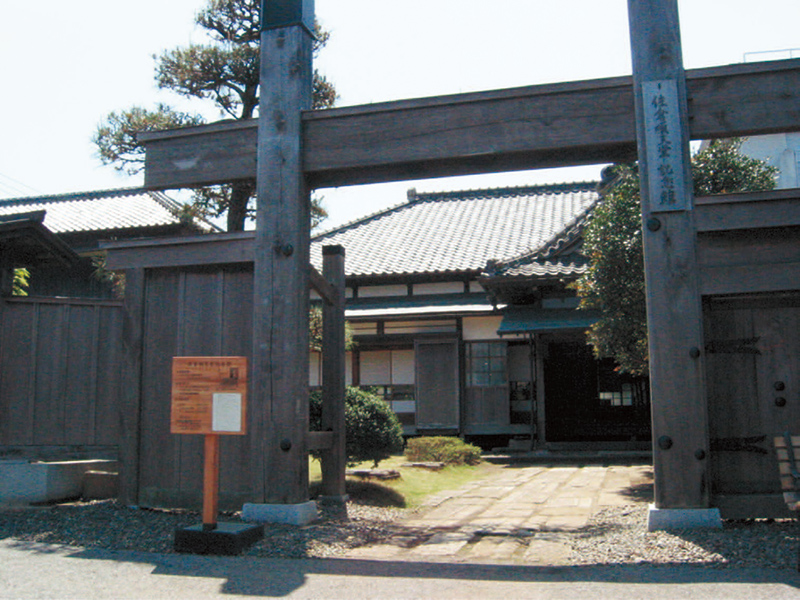 Sakura Juntendo Memorial Hall
Sakura Juntendo Memorial Hall